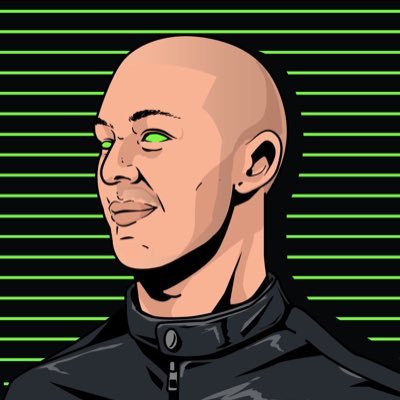
Amjad Masad ⠕@amasad
Nov 25, 2022
15 tweets
Civilizational Primitives, a thread:
At the dawn of civilization, with the introduction of the agricultural revolution, humans needed to coordinate in larger numbers, so *the hierarchy* emerged as the primary organizing tool.
People organized into pyramid-like structures with ranks and different entitlements and responsibilities. This structure proved useful and spread to apply to every aspect of civilization: we had kings and peasants, owners and serfs, clergy and laymen.
With the industrial revolution, we needed ways to coordinate in larger numbers and a more decentralized manner. The *assembly line* emerged as the basic civilizational primitive of this era.
Every node — be it a person, a company, or a nation — was hyper-specialized and produced one thing with a standard interface to handle transactions between nodes. While the hierarchy never disappeared, many aspects of society were remade in the shape of the assembly line.
Children go through school one grade at a time, the economy is made of supply chains and consumer-producer pairs, and money is printed by the Fed and filtered to the economy through a chain of financial institutions.
Even software is built by layering on components on a stack going through different stages and pipelines.
Today, I believe we are going through another major transition: The Information Revolution. While it’s become out of fashion to point this out, it’s undeniable that civilization is being rebuilt. So what is this era’s civilizational primitive?
It seems clear to me it’s *the network*. Unlike the pyramid and the supply chain, the network topology requires less coordination; it’s emergent, self-improving, and self-organizing. The radio, telephone, and the internet are straightforward examples of networks.
But look deeper, you’ll see that networks infect almost everything else: money flows through payment networks, startups and open-source proved that flatter network-like structures could be a superior way to work—even software is a network of packages, APIs, and cloud computers.
And while schools remain stubbornly unchanged, innovation at the edges resembles a network: kids learn to code and make on networks like Scratch and Replit, and they learn how to solve problems on networks like Synthesis. How will networks change government and politics?
Arguably politics is already changed. Today policy is made not top-down but through a decentralized network of universities, think tanks, donors, and politicians. @Balaji The Network State is an attempt to describe the future of governance.
While the network, like its predecessors, is a neutral tool, I believe it creates a slightly more free world. Strict hierarchies meant that people were stuck in castes and bad luck. The assembly line reduced people to cogs in a giant machine.
By contrast, the network affords people more freedom to self-organize and choose which networks to affiliate with.
amasad.me/networks
Illustration

Ashraf Heleka@AshrafHeleka
Nov 25 22
View on Twitter
Powerful concept to understand hierarchy! We started with pyramids, then looked for efficiency in assembly lines, now networks are enabling more effective flows of info and funds. Curious about how networks will evolve (eg centralized vs decentralized; physical vs virtual, etc)?
Missing some tweets in this thread? Or failed to load images or videos? You can try to .

